Improving your vehicle’s fuel efficiency not only saves you money but also reduces your environmental impact. By making a few strategic modifications, you can enhance your car’s performance and get more miles per gallon. Here are 15 modifications that can help you increase fuel efficiency and make every drop of fuel count.
Contents
Low Rolling Resistance Tires
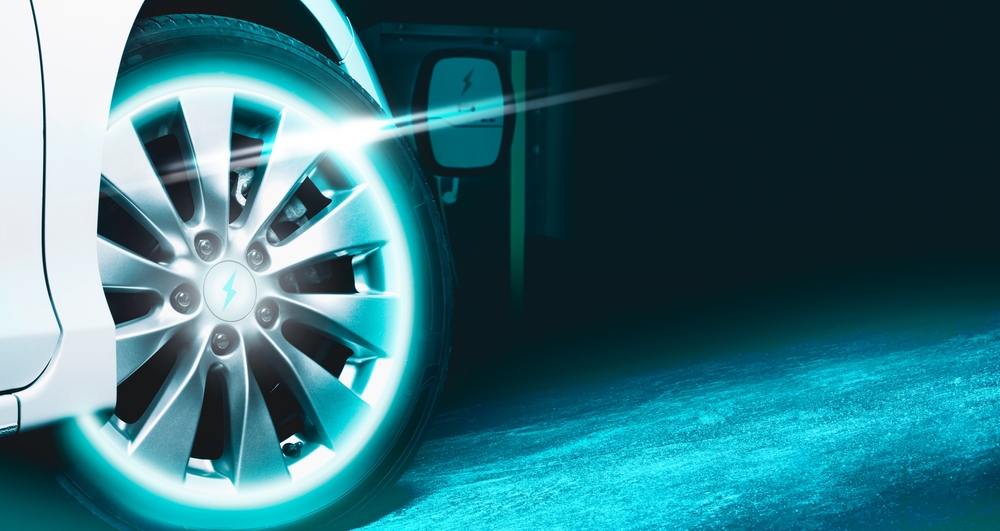
One effective way to improve your vehicle’s fuel efficiency is by switching to low rolling resistance tires. These tires are engineered to minimize the energy loss as they move, reducing the effort required to keep the vehicle in motion. By lowering rolling resistance, the engine doesn’t have to work as hard, which directly translates into better mileage. Research suggests that these tires can enhance fuel economy by up to 3%.
Aerodynamic Modifications

To reduce drag and enhance fuel efficiency, consider making aerodynamic modifications to your vehicle. Simple adjustments like adding a front air dam, rear spoiler, or removing roof racks can make a significant difference. A more streamlined vehicle requires less power to maintain highway speeds, thereby improving fuel economy. These modifications can lead to a 5-7% increase in overall efficiency.
High-Flow Air Filters
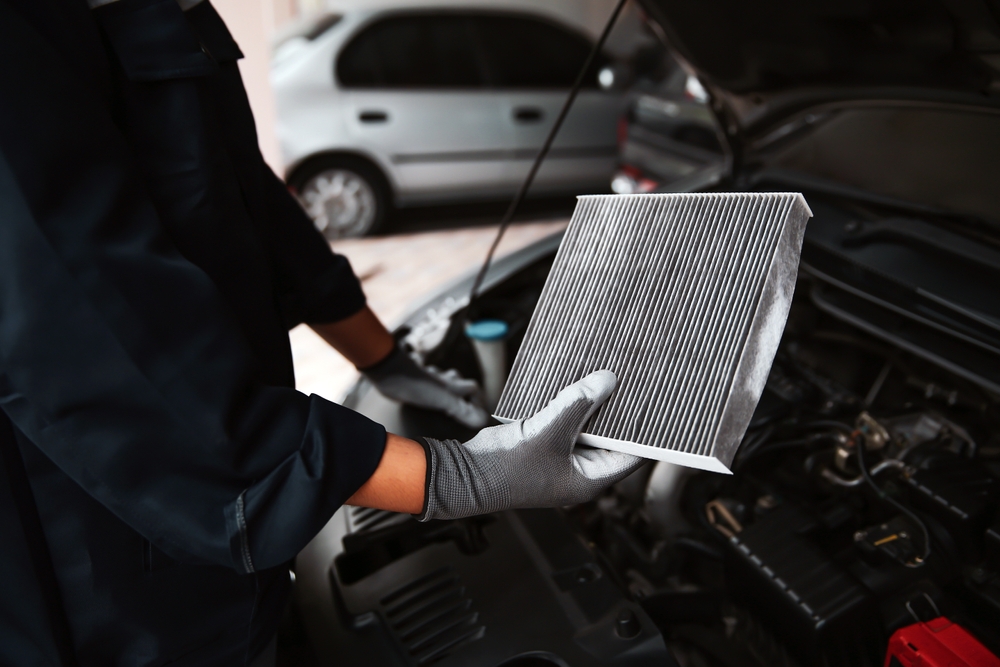
Upgrading to a high-flow air filter can lead to better fuel efficiency. These filters allow more air to reach the engine, improving combustion and power output. As a result, the engine burns fuel more efficiently, leading to a modest increase in fuel economy. This is a simple yet effective modification for most vehicles.
Lightweight Components
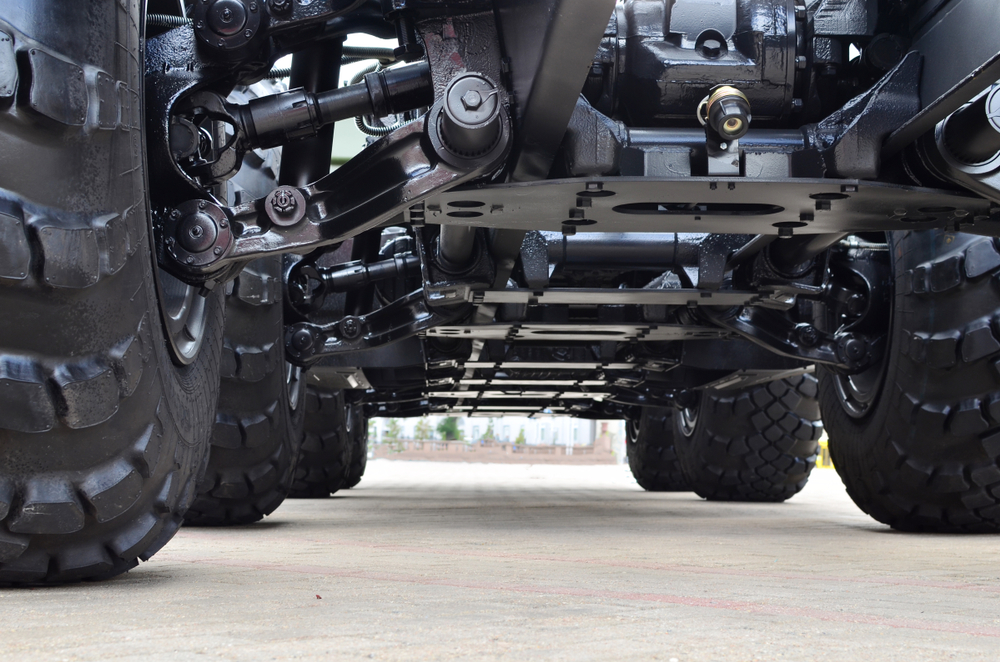
Reducing your vehicle’s weight by using lightweight components is another proven method to increase fuel efficiency. Replacing heavy parts such as steel wheels, hoods, or exhaust systems with lighter alternatives like aluminum or carbon fiber can significantly decrease the overall weight of the vehicle. A lighter car requires less energy for acceleration, and every 100 pounds removed can improve fuel economy by 1-2%.
Engine Tuning and ECU Remapping
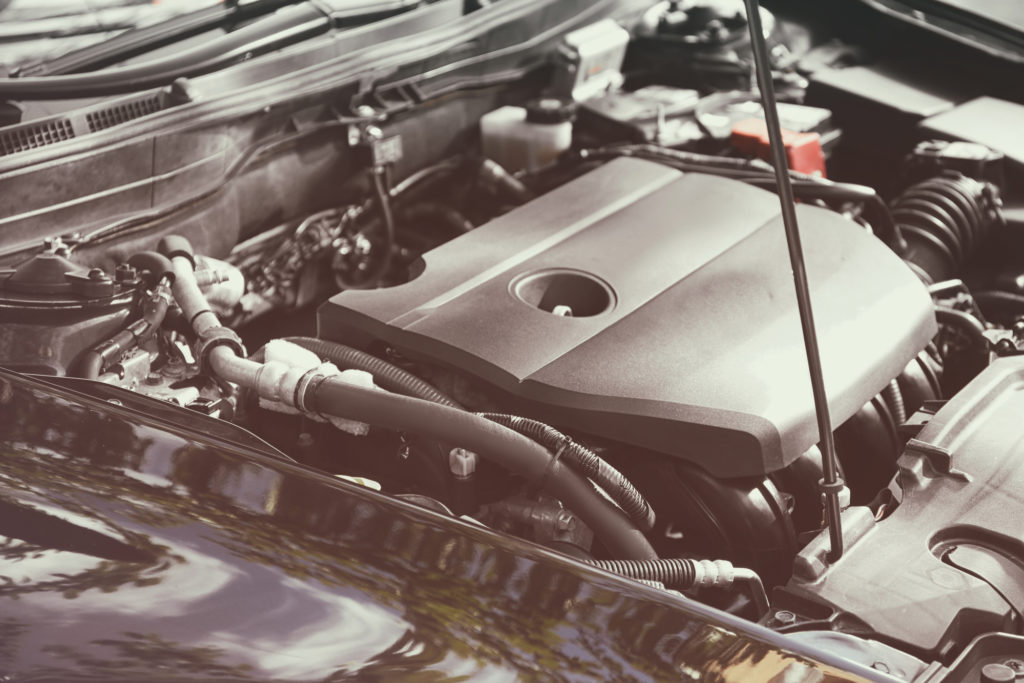
Optimizing your vehicle’s engine through tuning or ECU remapping can result in better fuel efficiency. By adjusting parameters like the air-fuel ratio and ignition timing, the engine can be made to run more efficiently. This not only enhances power output but also reduces fuel consumption.
Low-Viscosity Engine Oils
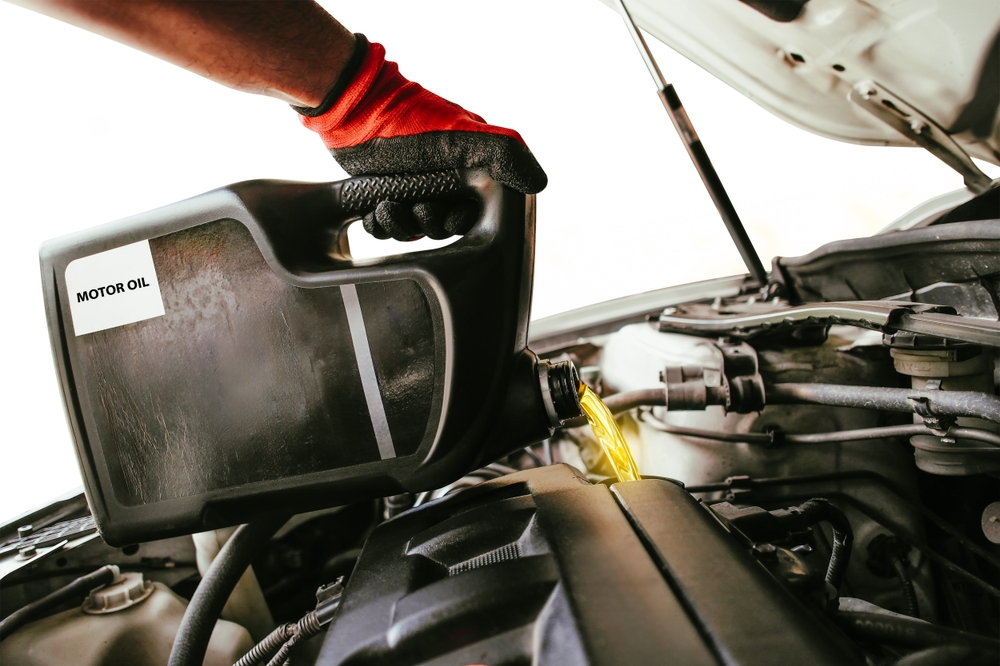
Using low-viscosity engine oils can help reduce internal engine friction, which in turn can boost fuel efficiency. These oils flow more freely at lower temperatures, minimizing the energy lost to friction within the engine. As the engine doesn’t have to work as hard, you can see a fuel economy improvement of 1-2%. It’s a cost-effective modification that yields consistent results.
Fuel Injection Upgrades
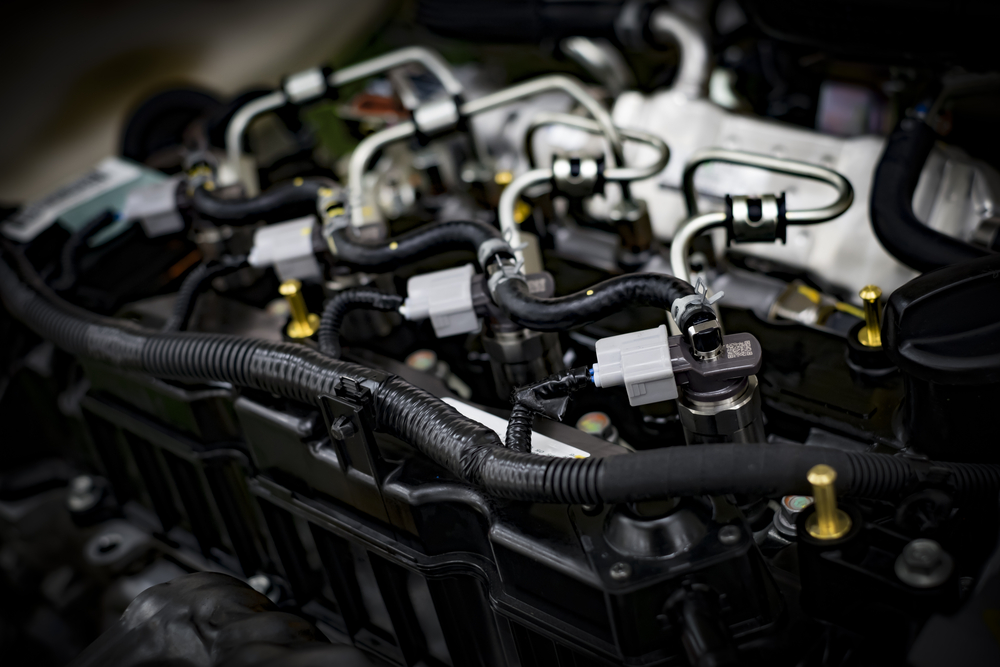
Upgrading your vehicle’s fuel injectors can improve the precision of fuel delivery, which enhances combustion efficiency. Modern high-performance injectors optimize the spray pattern and atomization of fuel, leading to a more complete burn. This improvement can reduce the amount of fuel needed to generate the same power, potentially increasing fuel economy.
Cold Air Intakes
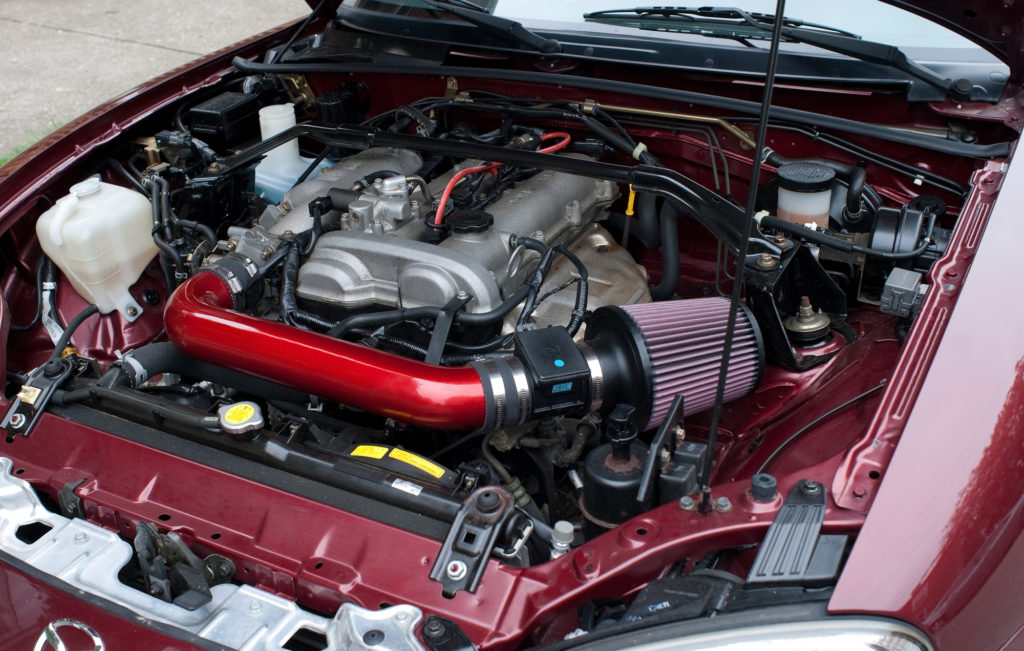
Installing a cold air intake system is a popular modification that can increase fuel efficiency. By allowing cooler, denser air to enter the engine, combustion is improved, leading to better power output. The result is not only enhanced performance but also an increase in fuel economy, depending on the vehicle and driving conditions.
Tire Pressure Monitoring
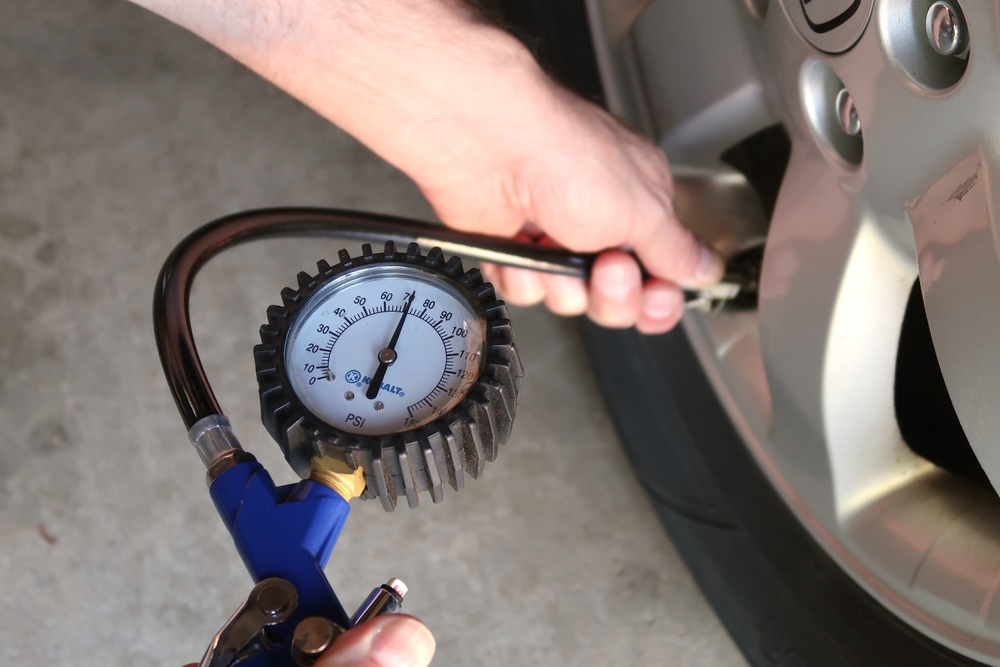
Maintaining proper tire pressure is essential for maximizing fuel efficiency, and a tire pressure monitoring system (TPMS) can help. Under-inflated tires create additional rolling resistance, making the engine work harder and consume more fuel.
Regenerative Braking Systems

Retrofitting your vehicle with a regenerative braking system can significantly improve fuel efficiency, especially in urban driving. These systems convert kinetic energy into electrical energy, which is then stored and used to recharge the battery. By reducing the load on the engine, particularly in stop-and-go traffic, regenerative braking can boost fuel efficiency.
Engine Start-Stop Systems

Installing an engine start-stop system can save fuel by automatically shutting off the engine when the vehicle is idling. When you release the brake or press the accelerator, the engine restarts instantly, reducing fuel consumption during idle periods.
Hydrogen Fuel Cells
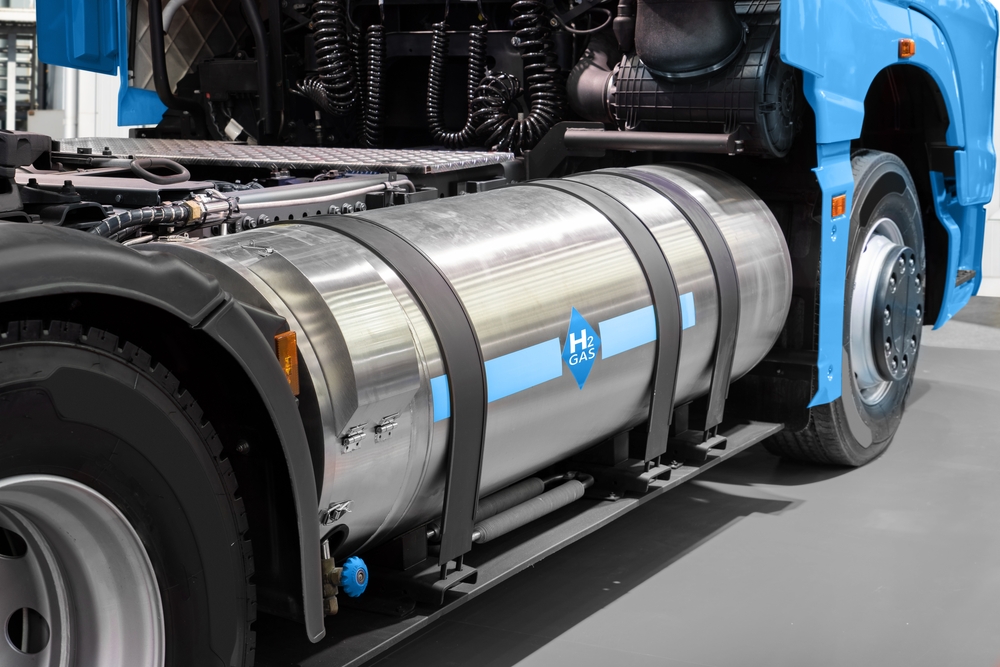
While still an emerging technology, hydrogen fuel cells can drastically improve fuel efficiency in vehicles. These systems generate hydrogen on-demand, which is then injected into the engine to enhance combustion efficiency. The result is a significant boost in fuel economy, sometimes up to 20-30%, although the technology is still in the developmental phase for many vehicles.
Exhaust System Upgrades
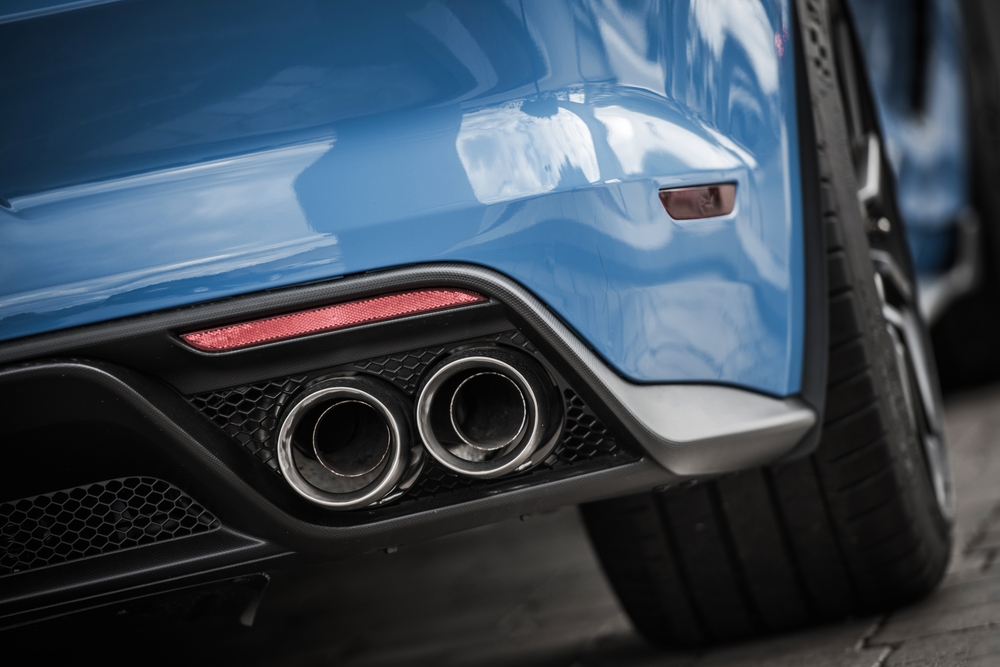
Upgrading to a high-flow exhaust system can help your engine expel exhaust gases more efficiently, which improves overall fuel economy. By reducing backpressure, the engine operates more smoothly and requires less fuel to generate the same amount of power.
Throttle Body Spacers
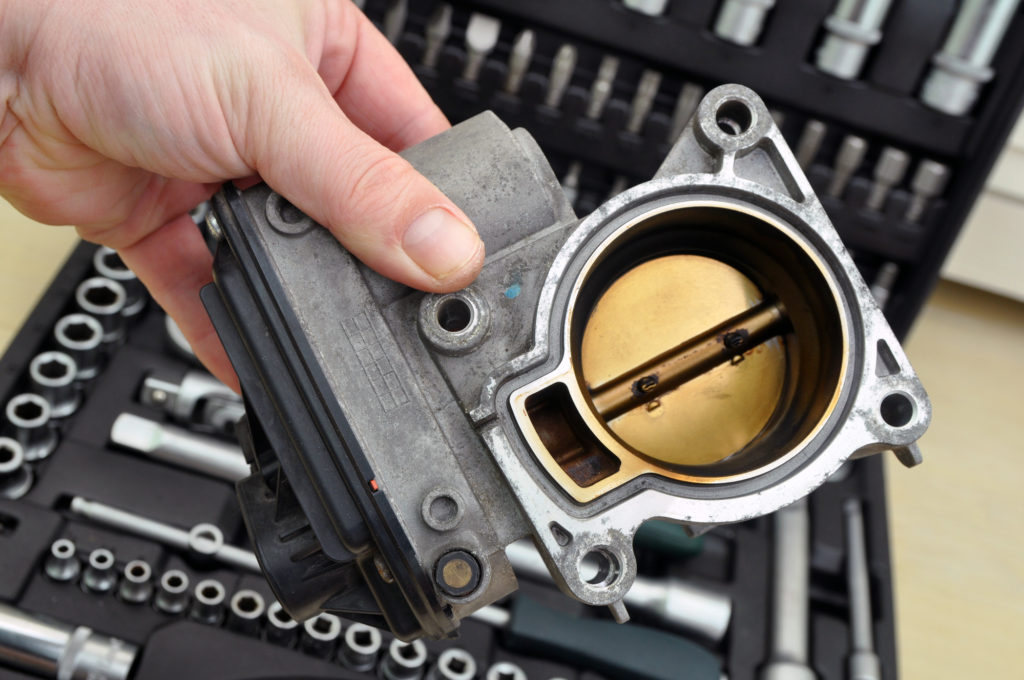
Installing a throttle body spacer can enhance the air-fuel mixture entering the engine, leading to better combustion and improved fuel efficiency. These spacers create a swirling effect that promotes a more complete burn.
Weight Reduction through Carbon Fiber Components

Reducing vehicle weight through the use of carbon fiber components is a proven method to increase fuel efficiency. Carbon fiber is both lightweight and strong, making it an ideal material for hoods, trunks, and other body panels.
This article originally appeared on MyCarMakesNoise.
More from MyCarMakesNoise
15 Prestige Cars Popular Among Wealthy Americans and Their Prices

Wealthy Americans often pick cars that are not only luxurious and fast but also equipped with the latest technology. In this look at some of their top choices, we’ll find out why these cars are favorites and how much they cost. Read More.
25 Rare Supercars That Define Luxury and Exclusivity

For car enthusiasts and collectors, nothing beats the allure of rare supercars that epitomize luxury and exclusivity. These extraordinary vehicles are more than just modes of transportation; they are masterpieces of engineering and design, each with a unique story and unparalleled performance. Read More.
13 Trucks That Set the Standard for Modern Freight Transport

Freight transport has come a long way, thanks to the ingenuity and power of some legendary trucks. These trailblazing vehicles not only revolutionized the industry but also set new standards for efficiency, reliability, and innovation. Read More.














